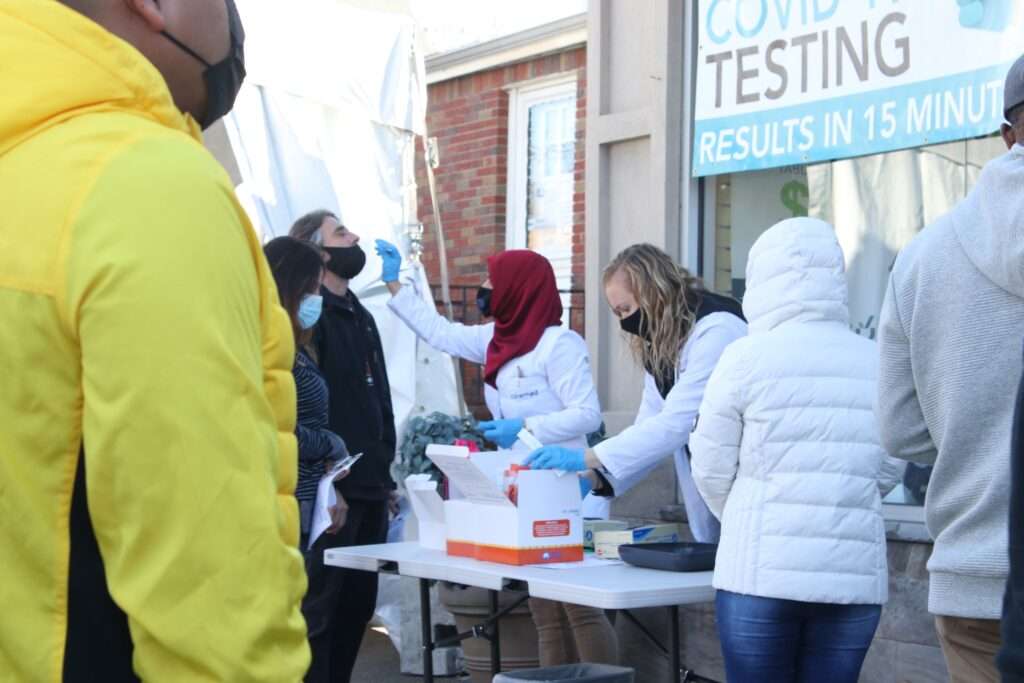
We cannot claim that we have won over COVID-19, and the situation is still evolving. However, there have been significant advances in the fight against COVID-19 since the start of the pandemic, we will just point out the most important advancements in fighting COVID.
- Development of vaccines: Several vaccines have been developed, such as Pfizer-BioNTech, Moderna, and AstraZeneca, which have been shown to be highly effective in preventing COVID-19 infections.
- Increased testing: Countries have increased their capacity for COVID-19 testing, allowing for quicker identification and isolation of infected individuals.
- Improved treatment options: Healthcare professionals have gained a better understanding of COVID-19 and how to treat it, leading to improved outcomes for patients.
- Implementation of public health measures: Governments and health organizations have implemented public health measures such as social distancing, wearing masks, and lockdowns to reduce the spread of the virus.
- Greater awareness and education: The public has become more aware of COVID-19 and how it spreads, leading to increased adherence to public health guidelines and preventative measures.
It is essential to continue to follow public health guidelines and receive vaccination to help control the spread of COVID-19 and reduce its impact on public health.
But our future looks promising.
Here are some recent developments in the medical sector that might be of interest: Top of Form
- mRNA vaccines: As Said before, the development of mRNA vaccines, such as Pfizer-BioNTech and Moderna, has been a significant breakthrough in the medical sector. These vaccines have shown high efficacy rates against COVID-19 and could potentially be used to prevent other diseases in the future.
- Gene editing: The discovery and development of CRISPR-Cas9 technology have opened up new possibilities for gene editing, which has the potential to cure genetic diseases.
- Artificial intelligence and machine learning: AI and machine learning are being increasingly used in the medical sector for diagnosis, prediction, and treatment planning. These technologies can analyze large amounts of data and help healthcare professionals make more accurate and informed decisions.
- Telemedicine: The use of telemedicine has surged in recent years, particularly during the COVID-19 pandemic, as it allows patients to access healthcare remotely. It has the potential to improve access to healthcare and reduce healthcare costs.
- Nanotechnology: Nanotechnology is being used to develop new drugs and treatments, such as targeted drug delivery and nano-robots that can perform medical procedures at the cellular level.
These are just a few examples of the new things happening in the medical sector, and there are likely many more developments occurring in research labs around the world.

